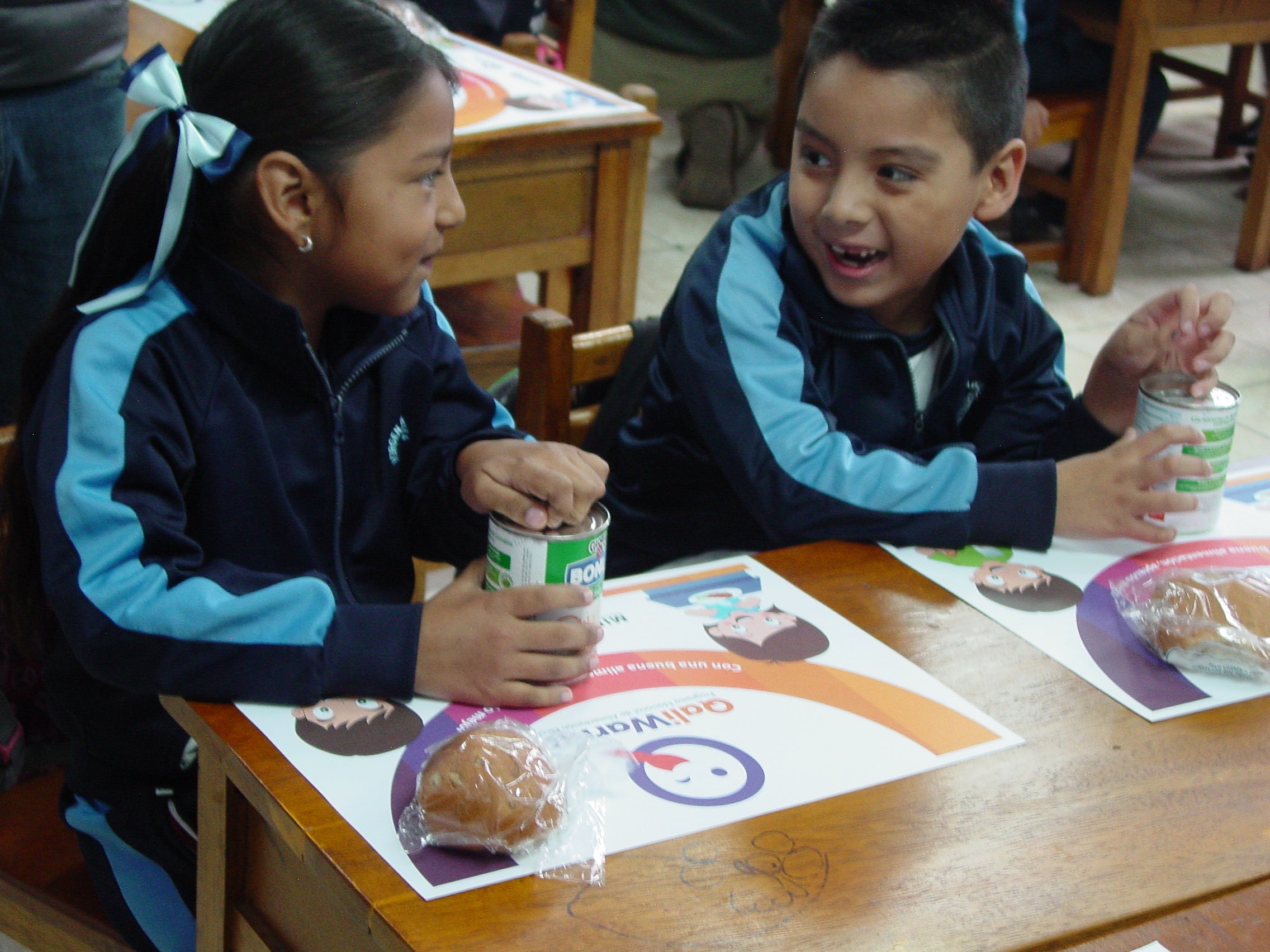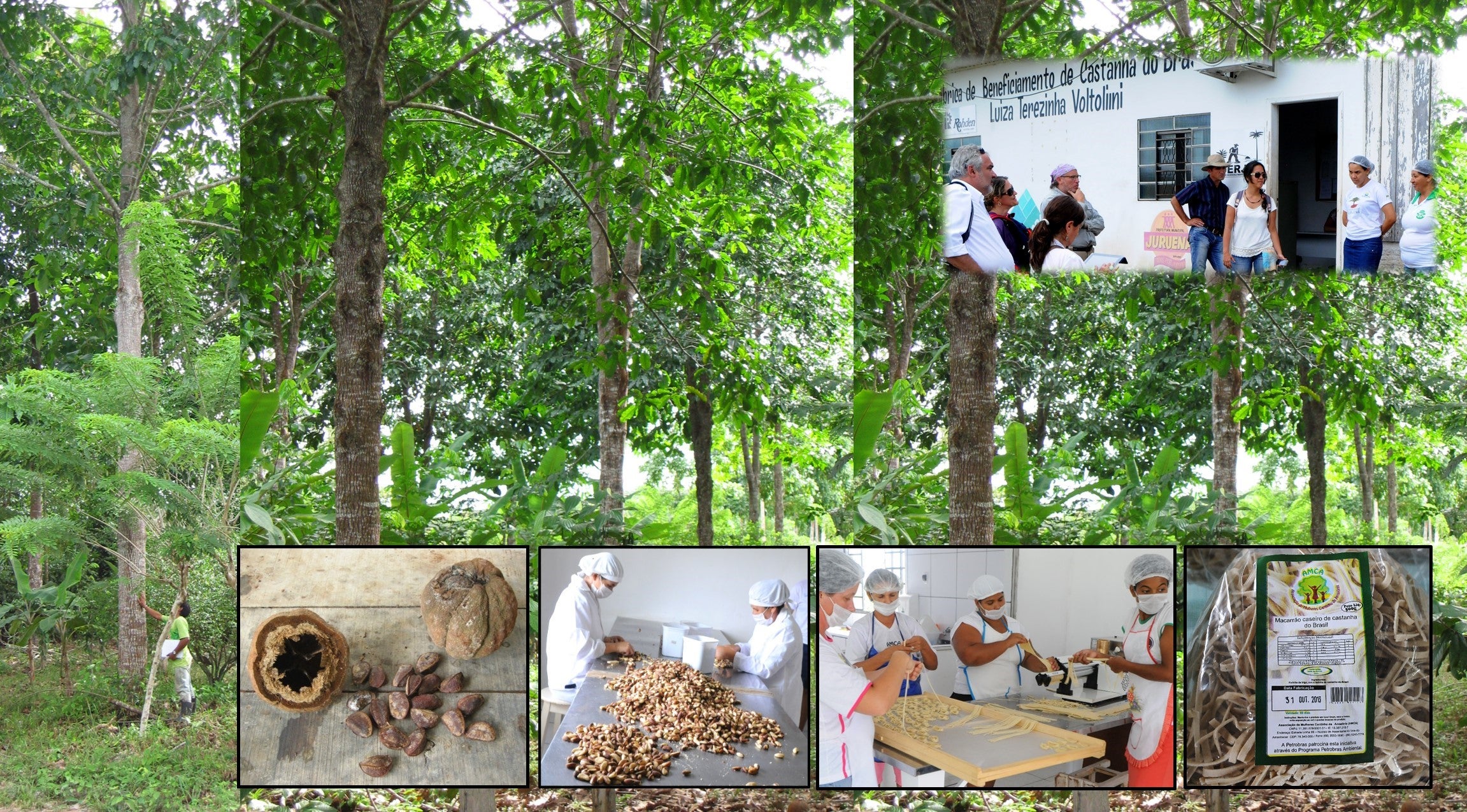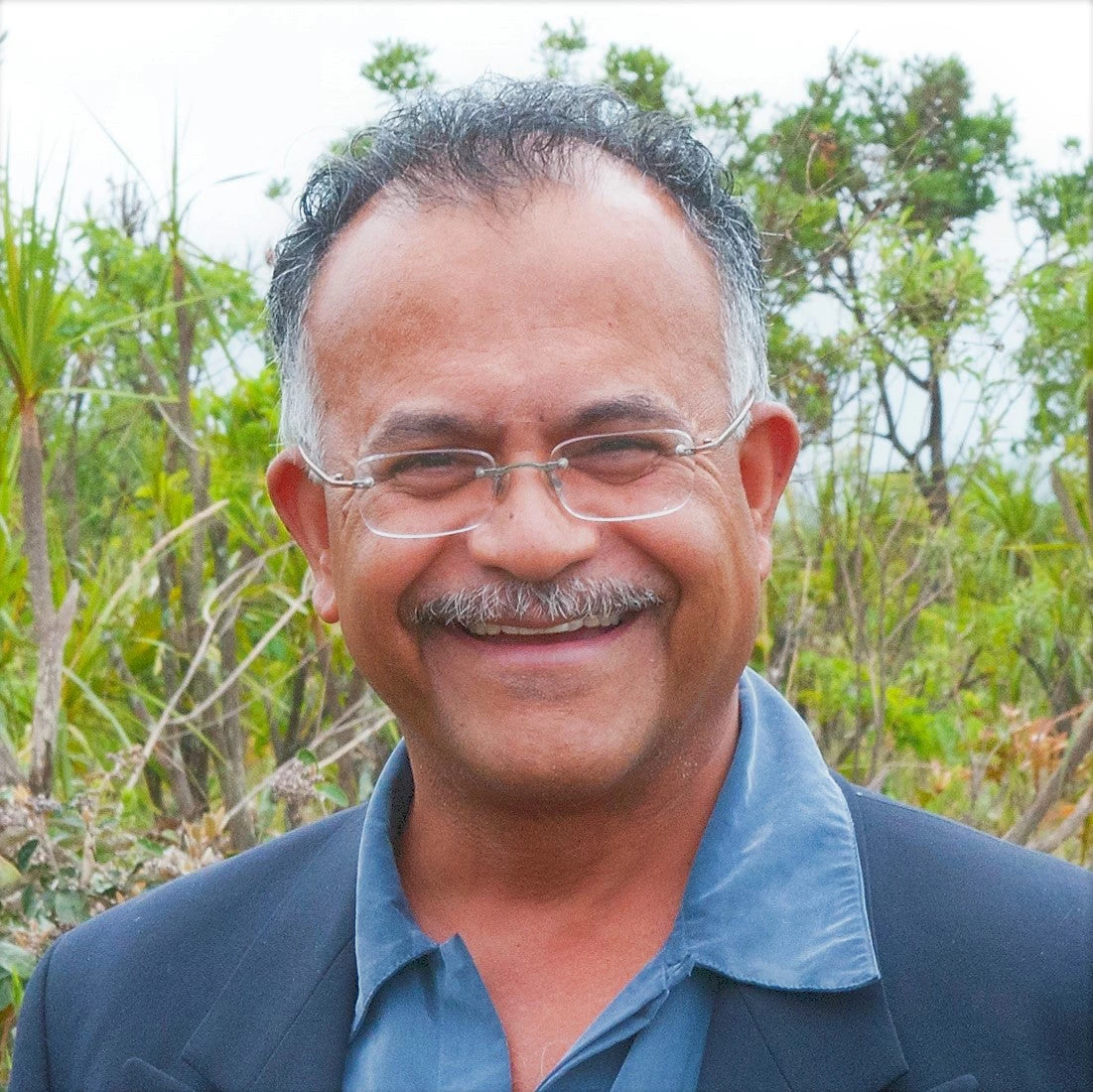
October 16 is World Food Day, a day when people come together to declare their commitment to eradicate hunger within a lifetime.
Many school-age children across the globe depend on school feeding programs for morning and mid-day meals. School feeding programs incentivize parents to keep children in school and provide students the essential nutrients to stay healthy and able to learn.
School feeding programs have a long history as a social protection tool. The provision of meals in schools was one of the first public welfare programs worldwide and among the first interventions to be widely delivered through the education sector.
Evidence shows that these programs support the development potential of children and offset lost income for struggling families. With children fed at school, families are better positioned to navigate financial hurdles, and in doing so, generate large-scale economic growth nationally.
According to the World Food Programme (WFP), nearly every country in the world has a national school feeding program, serving an estimated 368 million children worldwide with an investment of up to $ 75 billion.
With 85 million school children across Latin America benefiting from school meal programs, school feeding is increasingly recognized as the most critical social protection program in the region. As the programs grow in popularity, governments must identify opportunities to ensure school feeding initiatives are scalable and sustainable.
Countries in Latin America have a rich history in school feeding programs. Colombia began introducing school feeding programs in 1941, El Salvador in 1984, and Paraguay most recently in 1995, to give some examples. Over time, the scope, breadth, and reach of national programs have evolved and become indispensable national policies.
Three years ago, the government of Peru launched a national school feeding program called Qali Warma. The program is managed by the Ministry of Development and Social Inclusion (MIDIS) and is fully funded through public spending. Qali Warma reaches 3.5 million students across nearly 60,000 schools daily, including schools in indigenous communities nestled in the Peruvian Amazon. The program is still growing, and plans to reach 3.8 million children by 2016.
The rapid scale-up and acceptance of this program is attributed to its partnership with the private sector, educators, and the wider community. Community members determine and purchase the ingredients for schools in a given area. The private sector fills another important gap by guaranteeing a diversified diet that meets nutritional standards.
Andy Tembon recently had the opportunity to observe a school feeding program at a public elementary school serving 222 children in Lima, Peru. We observed, with interest, the engagement of community members in the quality control of the food at the school level and the distribution to children in their classes. We were impressed that the breakfast, including the milk, was sourced from local farms. Best of all, the head teacher cited increased attendance since the meal program was started, and noted that students regularly arrived to school early in an effort to not miss breakfast.
The Qali Warma program in Peru is one example of how school feeding initiatives can grow the local economy. School feeding programs support the development of local economies and agriculture development goals by generating a stable, structured, and predictable demand for produce.
Supporting local farmers in the production of local foodstuff for school meals is commonly referred to as “home-grown school feeding”. It’s increasingly incorporated into the objectives of the school feeding programs, along with broader strategies, to achieve food security and rural development.
Brazil offers another success story in school feeding programs in the region. Running for over 50 years, the national program now reaches 45 million students annually. An integrated example from the State of Mato Grosso involves women groups from forest settlements adding value to Brazil nuts that grow wild in their forests. The normal practice is for local indigenous and settler communities to collect these forest nuts and sell them to traders for a pittance.
With help from local government, the Global Environment Facility, and the Banco do Brasil, a women’s cooperative now extract valuable oil from the nuts for sale to cosmetic companies and use the residue to make nutritious pasta for local school meals. The meal is high in dietary fiber, protein, calcium, and iron. This is a fine example of empowering local women to enhance their incomes, to add value to native forest resources thus ensuring their conservation, and to improve the nutrition of local school children.

nutritious pasta for school meals being visited by WBG AGR and ENV teams on a training trip
(Photo credit: Erick Fernandes GFADR / World Bank)
This home-grown school feeding story from Brazil is one example of a larger investment in school feeding across Central and South America.
A study undertaken by FAO in Bolivia, Colombia, El Salvador, Guatemala, Honduras, Nicaragua, Paraguay and Peru revealed that governments in the region have growing political commitment to school feeding programs. In addition, they are increasing policy dialogue around direct purchases from small producers to supply their school feeding programs.
School feeding programing will be critical to achieving the Sustainable Development Goal for inclusive and equitable learning opportunities. Within the past few months, there have been several workshops to share experiences on school feeding nationally and exchange lessons learned with colleagues from across the region.
For example, the government of Honduras hosted the School Feeding Forum for a Better Life in April 2015 and the Peruvian government led the VII Regional School Feeding Seminar for Latin America and the Caribbean in August 2015. These gatherings are important avenues to foster a community of practice, move the school feeding agenda forward, and strengthen national programs.
Social inclusion programs for school-age children are an important component of ensuring all children are in school and ready to learn. School feeding programs, in particular, are intrinsically pro poor because their greatest benefits accrue to children who are poor and hungry and are a proven tool to keep the poorest children in school. This is why governments that implement scalable and sustainable school feeding programs benefit the children, local farmers, and the national economy overall.
Follow the World Bank Group education team on Twitter and Flipboard .
Have a look at photo slideshows of school feeding programs that the World Bank supported in Laos and around the world .




Join the Conversation